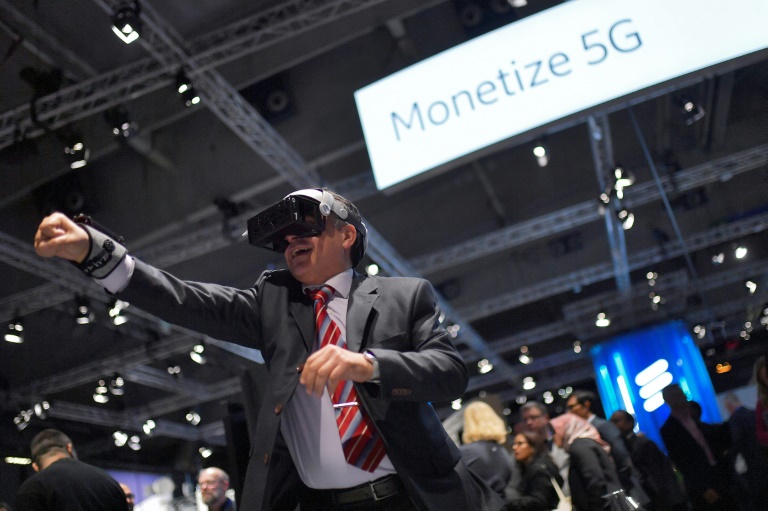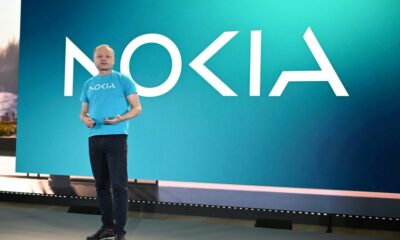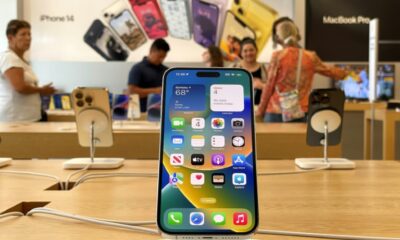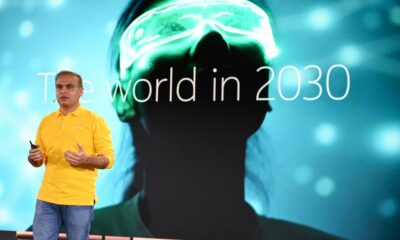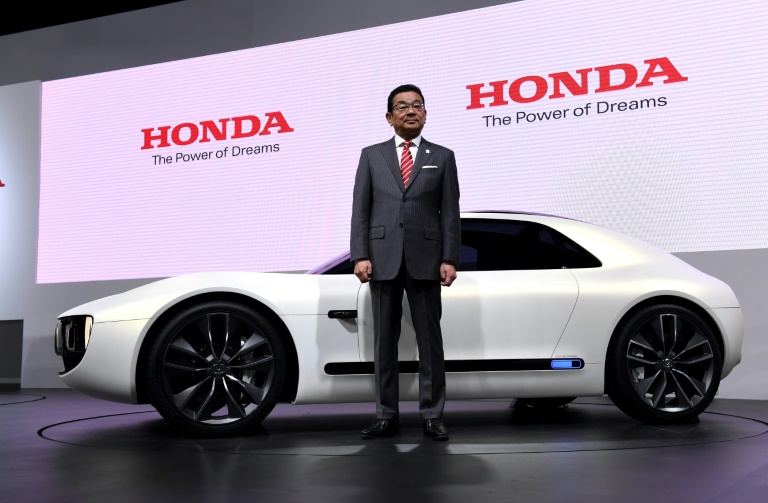Driverless cars, fridges that talk to toasters, breathtaking immersive reality, mind-blowing gaming experiences –- 5G was going to enable it all, and telecom companies were going to make a packet.
But the reality is not so neat. The network that promised to be “not just another G” in Ericsson’s advertising has left many customers wondering what they are paying for.
However, 5G was once again the central plank of the phone industry’s annual get-together, the Mobile World Congress (MWC) in Barcelona.
The event’s organisers proclaimed that 5G was “unlocking untapped value for all players across the entire ecosystem” and “redefining how the world connects”.
The hype came with a dose of reality from Christel Heydemann, boss of French network Orange.
Network operators were in peril, she told the MWC, because “massive network investments of almost 600 billion euros in Europe in the last decade happened to be hard to monetise”.
“And consumers expect to pay always less and get more,” she added.
Networks are not the only ones who might be rueing their big bet.
Ericsson, which supplies the equipment for 5G networks, has just laid off 8,500 people after profits slumped.
“5G has disappointed pretty much everybody — service providers and consumers, and it has failed to excite businesses,” Dario Talmesio of research firm Omdia told AFP.
– The ghost of 4G –
Talmesio said 5G was never really a consumer proposition, it was always more appropriate for businesses and industrial uses.
But telecom firms were unlikely to be seduced into investing billions only to improve connectivity in factories and ports, or help develop hi-tech medical services.
Instead, they wrapped 5G in the kind of marketing that paints everything — even small improvements — as world-changing innovations.
Yet even now the benefits of 5G remain largely unclear to average smartphone users.
Thousands of US consumers told a survey last year that they were excited about the prospect of 5G, but when pressed they had little idea what the benefits would be.
Most listed services that were already available with 4G, the survey of 10,000 US consumers by Israeli software company ironSource found.
This summarises two of the main problems with 5G — 4G is good enough for most people, and 5G jargon is often impenetrable.
Terms like “low latency”, “network slicing”, “zero rating” and “massive IoT” are unlikely to get the pulse racing.
– ‘No limit’ –
For large parts of the industry, though, criticism of 5G is inconceivable.
Ericsson vice president Fredrik Jejdling dismissed the idea that poor uptake of 5G was one of the reasons for Ericsson’s mass layoffs.
Instead, he explained that the firm needed “to adjust our investment levels to the market demand”.
Ericsson gave huge floorspace at the MWC to 5G innovations and insisted there would be no compromise on research and development.
“It is a platform for innovation. If you don’t do it, you don’t know what you miss out on,” said Jejdling.
Frederique Liaigre, who runs Verizon’s business operation in France and other European countries, shares Jejdling’s enthusiasm saying there was “no limit” to 5G’s potential.
Verizon was among the first to roll out 5G to customers in the United States, and Liaigre concedes the business side is just getting started.
But she regards her projects — like providing a private 5G network to the port of Southampton in Britain to improve its security and supply chain management — as every bit as sexy as driverless cars or talking toasters.
“It’s really amazing the transformational capabilities of this technology,” she said.
Whether regular consumers will ever be so starry-eyed about 5G is up for debate.

 Business5 months ago
Business5 months ago
 Business4 months ago
Business4 months ago
 Events6 months ago
Events6 months ago
 People4 months ago
People4 months ago
 Events3 months ago
Events3 months ago
